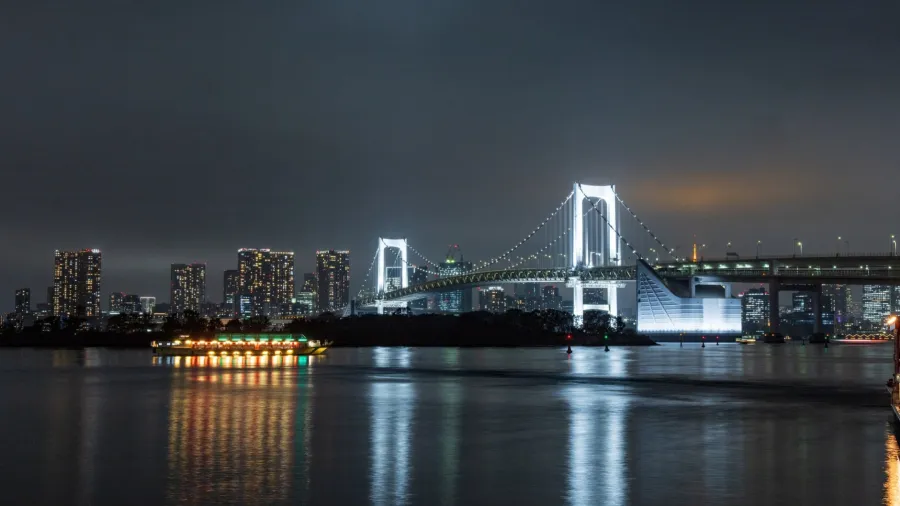
Prospects for Japan’s high-end property segments are bright: Savills
Analysts expect promising growth from the country’s luxury sectors.
According to a Savills report, Japan has all the trappings of a high-end tourism destination – a rich and refined culture, renowned cuisine, and reputable customer service and social stability. Yet, for a long period of time, Ginza was Japan’s only globally recognised high-end hot spot.
“Presently, Japan has finally begun to emerge as a luxury travel hub, and as infrastructure and services are developed further, it will become more ready to welcome high-end visitors. With careful planning and sufficient investment, Japan’s myriad of natural and cultural features can underpin significant further growth in Japan’s high-end travel industry,” the report added.
Here’s more from Savills:
Many established players have already deployed capital in a number of existing high-end segments in Japan, which are ripe with opportunity. For instance, the profiles of many of Japan’s ageing ski resorts are undergoing a transformation, notably with an influx of high-end hotels and services in response to the rapid growth in inbound demand for skiing in Japan.
Meanwhile, the ryokan sector, which had experienced similar stagnation, has enjoyed a resurgence in popularity with a growing preference towards more authentic Japanese experiences, and several players are already capitalising on the wealth of opportunities available in the blue ocean market.
In addition, some relatively new industries will become promising additions to Japan’s tourism roster. The Osaka IR will mark the birth of the casino industry in Japan. Parties involved anticipate that inbound spending will cause a ripple effect, boosting local employment and transport infrastructure, as well as contributing to further regional and national economic growth. The successful development of the IR in Osaka should also pave the way for further developments in Japan, which will likely repeat this positive multiplier effect elsewhere.
Likewise, medical tourism has historically gone under the radar in Japan, despite Japan’s world-class medical care and hospitality services, in addition to its onsen and ryokan culture, which is gradually starting to attract greater attention from abroad. Further improvements to accessibility and infrastructure could help to cement Japan as a leading global destination for medical and wellbeing tourism.
Demand from inbound tourists for travel in Japan has gone from strength to strength since the end of the pandemic, and this encouraging trend is expected to continue and gain momentum. At the same time, we anticipate a general expansion in the demand for luxury services globally, with income inequality progressing in many economies and expected to accelerate as urbanisation and technological development progress.
As Japan transitions to a global tourist destination, and makes further strides in developing its high-end sectors, its image may gradually change to one of “luxury”, and should allow Japan and Japanese corporations capitalise on inbound tourism more effectively and earn greater revenue.
This will be facilitated by Japan’s world-renowned hospitality, in addition to its social and economic stability, reliable and resilient infrastructure, as well as the slew of luxury developments in the pipeline. Overall, prospects for high-end segments in Japan are bright, and observers should anticipate exciting further growth.



















 Advertise
Advertise




